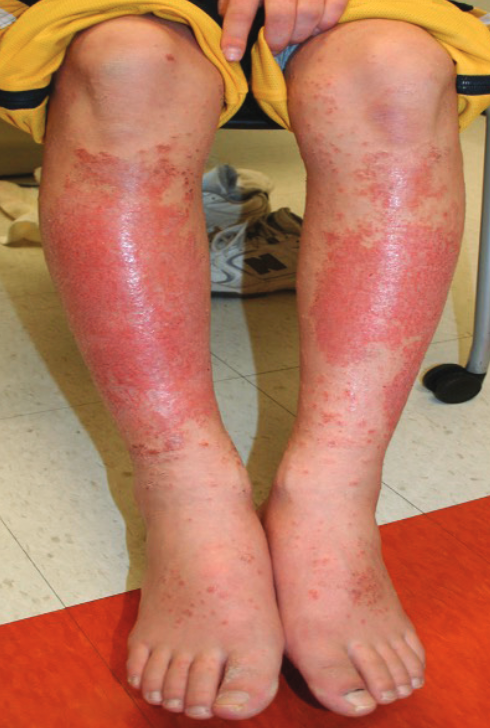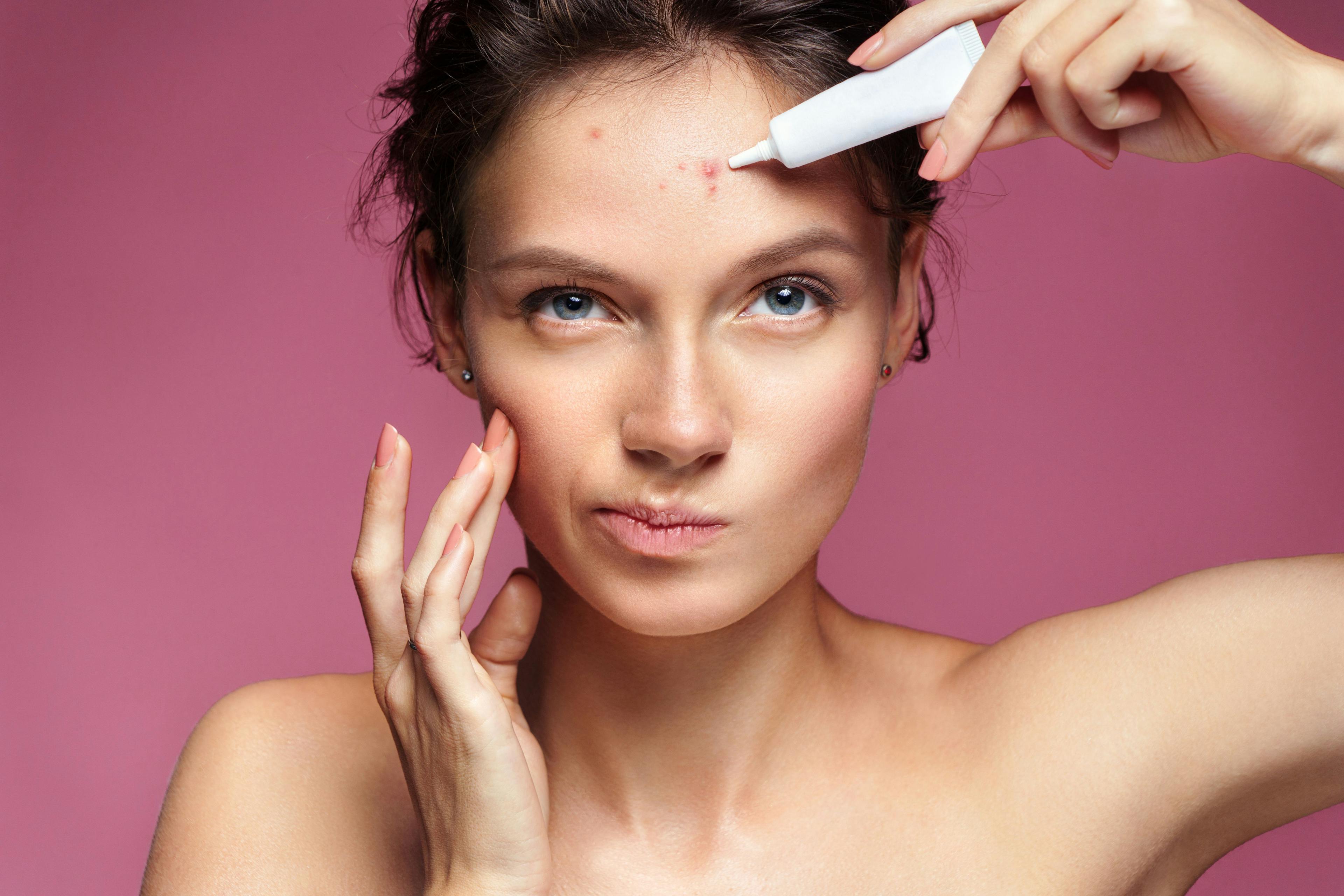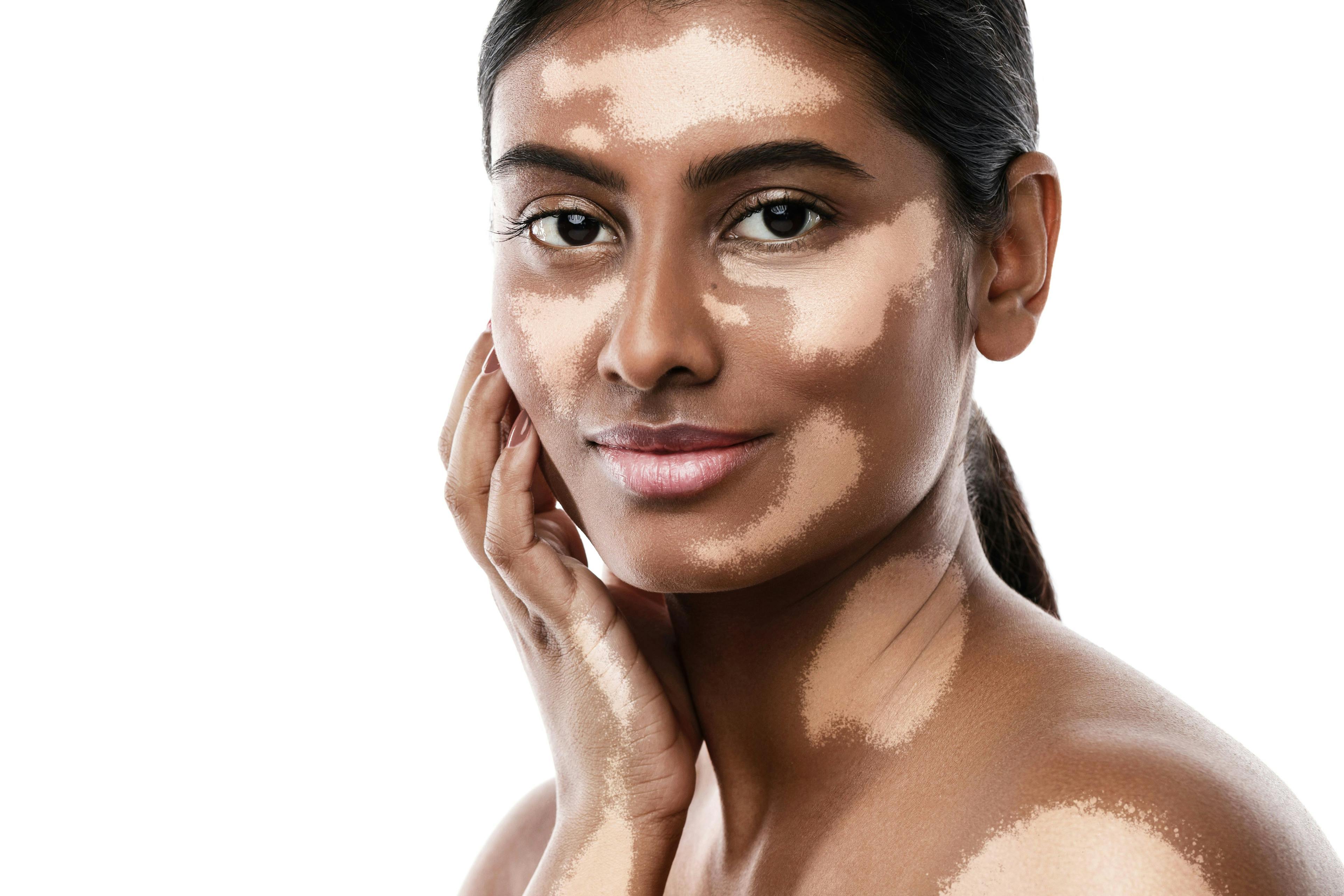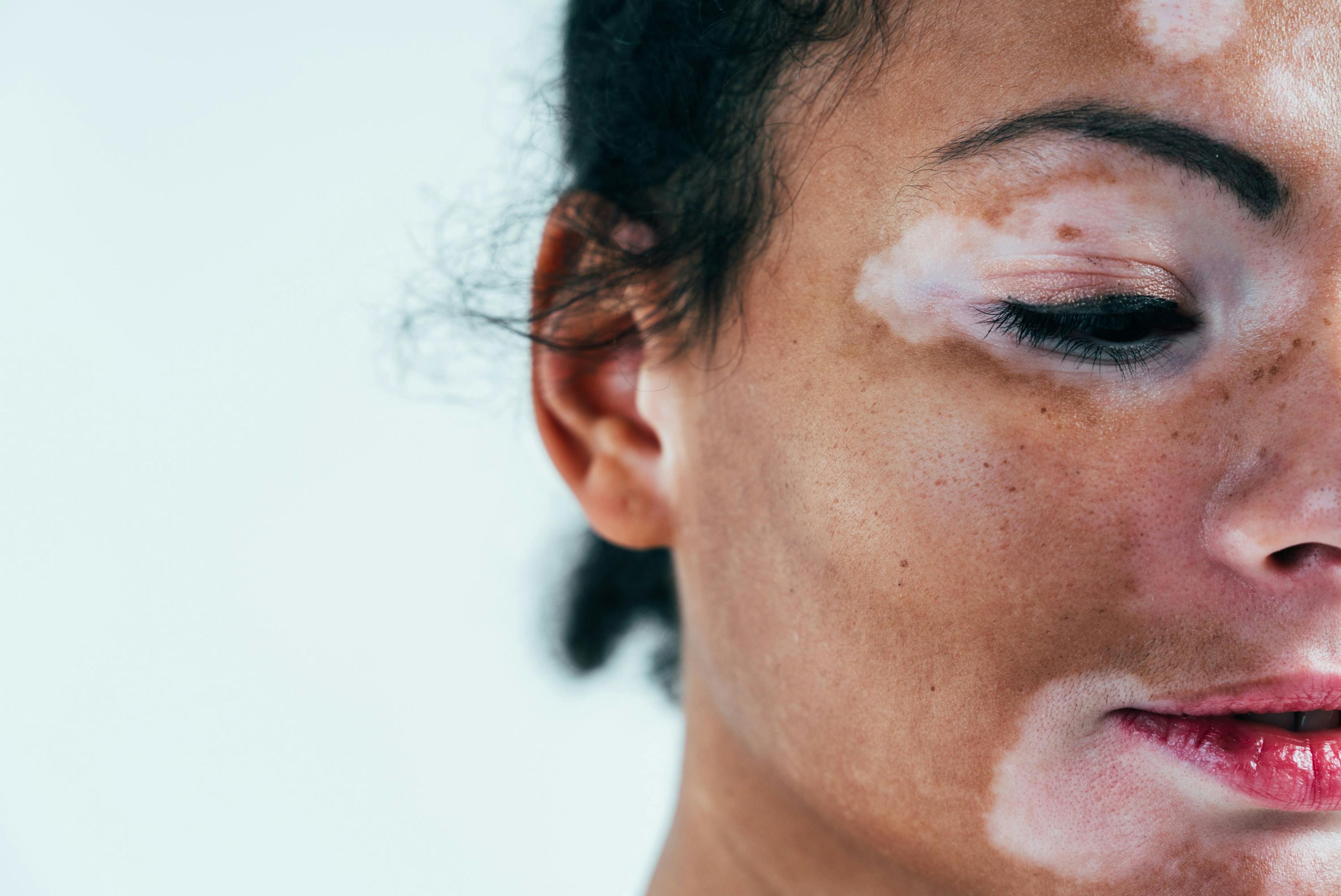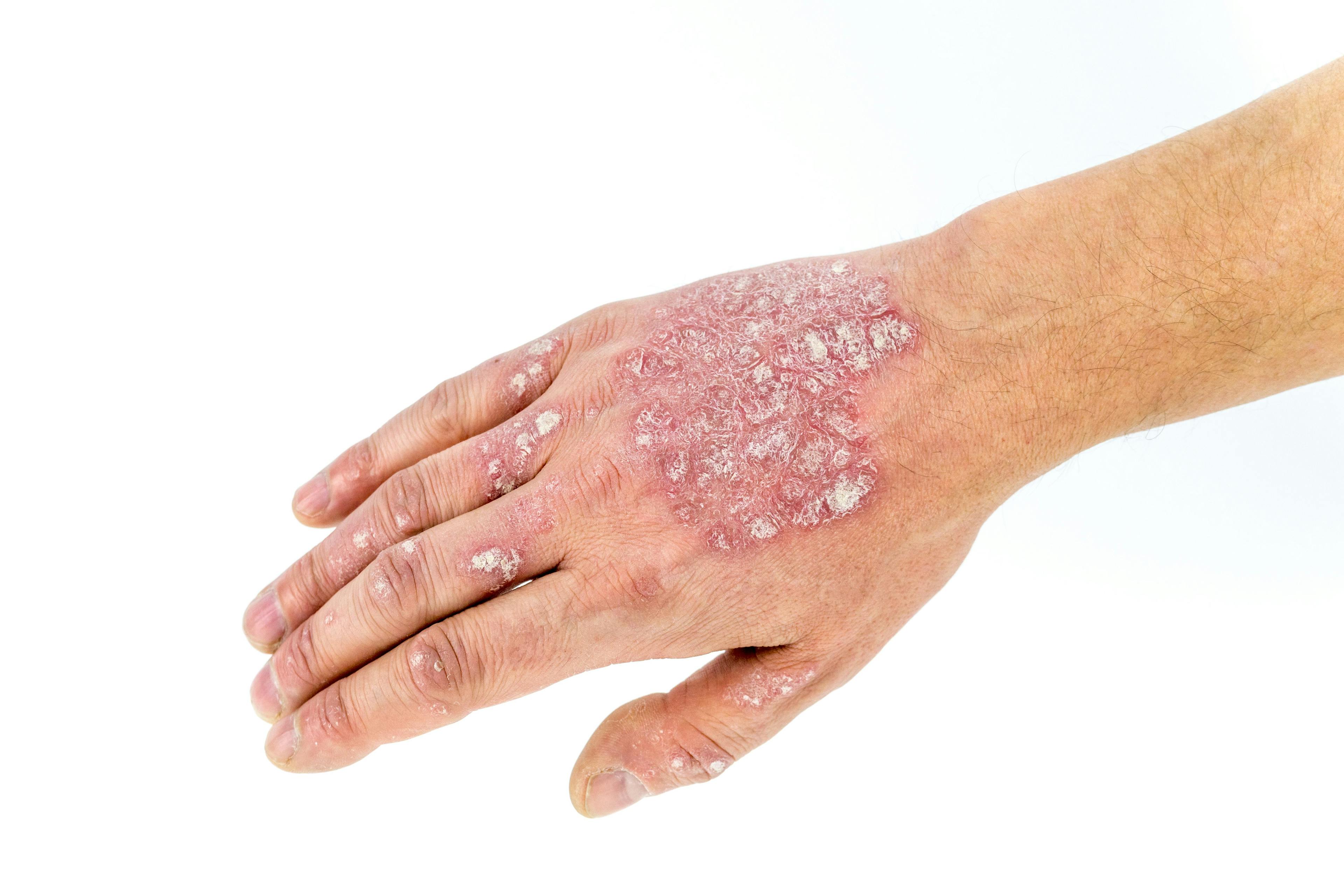- Acne
- Actinic Keratosis
- Aesthetics
- Alopecia
- Atopic Dermatitis
- Buy-and-Bill
- COVID-19
- Case-Based Roundtable
- Chronic Hand Eczema
- Chronic Spontaneous Urticaria
- Drug Watch
- Eczema
- General Dermatology
- Hidradenitis Suppurativa
- Melasma
- NP and PA
- Pediatric Dermatology
- Pigmentary Disorders
- Practice Management
- Precision Medicine and Biologics
- Prurigo Nodularis
- Psoriasis
- Psoriatic Arthritis
- Rare Disease
- Rosacea
- Skin Cancer
- Vitiligo
- Wound Care
Publication
Article
Dermatology Times
Best Practices for Treating Stretch Marks in Pregnancy
Author(s):
Stretch marks affect up to 90% of pregnant women.
Striae gravidarum, the connective tissue changes commonly known as stretch marks, affect up to 90% of pregnant women.1 They develop when the skin stretches or shrinks rapidly, rupturing the collagen and elastin.
Research suggests that women who get pregnant at a young age or those who gain weight quickly tend to have stretch marks more frequently than their counterparts.2 Results of several studies also revealed the role of cortisone, a hormone released by the adrenal gland, in stretch mark development. In addition, individuals who take corticosteroids or have conditions such as Cushing syndrome get stretch marks more frequently. The most affected body areas include the buttocks, hips, breasts, abdomen, and thighs.
Initially, stretch marks may appear as red, purple, or pink slightly raised itchy scars. During this phase, they are called striae rubrae and are easier to manage. Over time they change into streaks of white lines, during which they are called striae albae and are more difficult to manage. Stretch marks mature after a year, making them less likely to fade. Hence, the earlier a patient starts treatment, the better the outcome.
Although stretch marks are not a medical emergency, they may cause aesthetic concerns. Several topical formulations are available in the market for preventing stretch marks during pregnancy but there is limited evidence of their effectiveness. Although myriad treatment options are available to improve the appearance of stretch marks, only a few are based on true science. Stretch marks cannot be cured completely but there are several medically approved treatment options to help relieve the itch or make them less noticeable.
Laser-Based Treatments
Laser treatment is a nontoxic and noninvasive procedure using light energ y at specific wavelengths to repair skin cells. It is the most effective treatment to reduce stretch marks and is recommended by the American Society for Dermatologic Surgery to improve the scars.
Most laser therapies, such as pulsed dye lasers, are more effective at improving the appearance of striae rubra. Results of a recent study evaluating the improvements in stretch marks using a nonablative fractional Nd:YAG laser showed it to be a safe and effective treatment option with no long-term adverse effects.3
Carbon dioxide lasers have a longer recovery period and are more painful than nonablative lasers but results of a study showed their use led to 50% to 70% improvements, especially in striae alba.4
Although laser therapy is the most effective treatment option, it is expensive. A single session may cost $400 to $800, with up to 20 sessions required to show noticeable improvement.
Nonlaser Approaches
Retin-A
Tretinoin, also known by its brand name Retin-A, may help improve early stretch marks, though the evidence is limited.5 By penetrating the skin, tretinoin rebuilds collagen. It is effective for early stretch marks and may not produce any effects on older lesions.
By penetrating the skin, tretinoin rebuilds collagen. It is effective for early stretch marks and may not produce any effects on older lesions. Patients who experience adverse effects when using tretinoin may be able to use it when combined with a lipid-based moisturizer. It is important to note that Retin-A is not safe during pregnancy and should not be used by pregnant and lactating women because of concerns about its teratogenic effects. A study published in the Journal of the European Academy of Dermatology and Venereology found no topical formulation that is most effective in improving or eradicating stretch marks.6
Microdermabrasion
Microdermabrasion is a noninvasive procedure that exfoliates the skin and scrapes off dead cells. In this procedure, an applicator with an abrasive surface removes the dead skin layer to rejuvenate it. Another microdermabrasion technique sprays fine particles of aluminum oxide or sodium carbonate using a suction/vacuum. According to results of a review conducted in 2017, microdermabrasion is found to be effective in improving early stretch marks.1 Moreover, another study suggested that when combined with topical platelet-rich plasma, microdermabrasion is more effective in enhancing the efficacy of the treatment.7
Microneedling
Microneedling is a minimally invasive collagen induction therapy that uses tiny needles to prick the skin to stimulate collagen production and naturally heal the targeted area, thereby improving the appearance of stretch marks. Unlike most treatments, microneedling is also effective in treating late stretch marks. Research revealed that microneedling is a more effective and tolerable treatment option for stretch marks than microderm-abrasion with phonophoresis.8
Chemoexfoliation
Chemoexfoliation, also referred to as chemical peeling, is a skin resurfacing procedure in which certain caustic agents, such as glycolic acid, salicylic acid, or trichlorecetic acid, are applied to the skin surface. The main objective of the procedure is to remove the outer layer of the skin and promote new skin cell formation.
Platelet-rich plasma (PRP) combination therapies
In this procedure, blood samples are collected from the individual’s body and placed in a centrifuge to separate platelets, which are then reinjected into the underlying layers of the skin. This initiates the skin’s natural repair cycle and improves the appearance of the stretch marks. Results of a study published in the Journal of Cosmetic and Laser Therapy showed that when combined with ultrasound treatment, PRP therapy may provide satisfactory results among individuals with stretch marks.9
Radiofrequency therapy
Radiofrequency (RF) therapy, a minimally invasive technique, delivers RF current that converts into heat energy when it reaches deep into the skin, stimulating collagen production. Evidence indicates radiofrequency therapy may improve the stretch marks’ appearance. RF therapy, when combined with microneedling, enhances the efficacy of the treatment by delivering energy waves deeper into the dermis, stimulating even deeper layers of collagen production.10
There is no single treatment for all, and not all treatment options are suitable for everyone, so it is important to speak with your patients about their options.
References:
1. Wollina U, Goldman A. Management of stretch marks (with a focus on striae rubrae). J Cutan Aesthet Surg. 2 017;10 (3):12 4 -12 9. doi:10.4103/JCAS.JCAS_118_17
2. Farahnik B, Park K, Kroumpouzos G, Murase J. Striae gravidarum: risk factors, prevention, and management. Int J Womens Dermatol. 2016;3(2):77-85. doi:10.1016/j.ijwd.2016.11.0 01
3. Viviano MT, Provini A, Mazzanti C, et al. Clinical evaluation on the performance and safety of a non-ablative fractional 1340 nm laser for the treatment of stretch marks in adolescents and young adults: a case series. Bioengineering (Basel). 2022;9(4):139. doi:10.3390/bioengineering9040139
4. Lee SE, Kim JH, Lee SJ, et al. Treatment of striae distensae using an ablative 10,600-nm carbon dioxide fractional laser: a retrospective review of 27 participants. Dermatol Surg. 2010;36(11):1683-1690. doi:10.1111/j.1524-4725.2010.01719.x
5. Kang S, Kim KJ, Griffiths CEM, et al. Topical tretinoin (retinoic acid) improves early stretch marks. Arch Dermatol.1996;132(5):519–526. doi:10.1001/arch-derm.1996.03890290053007
6. Ud-Din S, McGeorge D, Bayat A. Topical management of striae distensae (stretch marks): prevention and therapy of striae rubrae and albae. J Eur Acad Dermatol Venereol. 2016;30(2):211-222. doi:10.1111/jdv.13223
7. El-Samad Ibrahim ZA, El-Tataw y R A, El-Samong y MA, Ali DAM. Comparison between the efficacy and safety of platelet-rich plasma vs microdermabrasion in the treatment of striae distensae: clinical and histopathological study. J Cosmet Dermatol. 2015;14(4):336-346. doi:10.1111/jocd.12160
8. Nassar A, Ghomey S, El Gohar y Y, El-Desok y F. Treatment of striae distensae with needling therapy versus microdermabrasion with sonophoresis. J Cosmet Laser Ther. 2016;18(6):330-334. doi:10.1080/14764172.2016 .1175 6 3 3
9. Suh DH, Lee SJ, Lee JH, Kim HJ, Shin MK, Song K Y. Treatment of striae distensae combined enhanced penetration platelet-rich plasma and ultrasound after plasma fractional radiofrequency. J Cosmet Laser Ther. 2012;14:6, 272-276. doi:10.3109/14764172.2012.738916
10. Dayan E, Chia C, Burns AJ, Theodorou S. Adjustable depth fractional radiofrequency combined with bipolar radiofrequency: A minimally invasive combination treatment for skin laxity. Aesthet Surg J. 2019;39(suppl 3):S112-S119. doi:10.1093/asj/sjz055
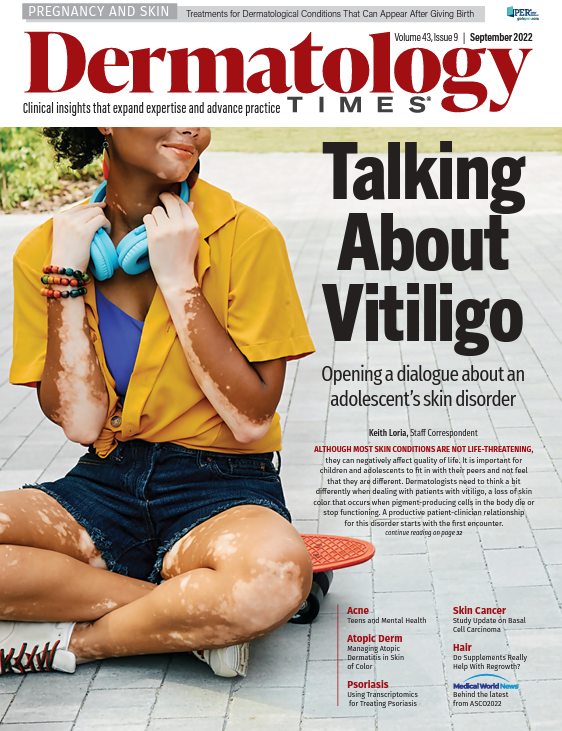
Newsletter
Like what you’re reading? Subscribe to Dermatology Times for weekly updates on therapies, innovations, and real-world practice tips.






